SUMMARY
This is AI generated summarization, which may have errors. For context, always refer to the full article.
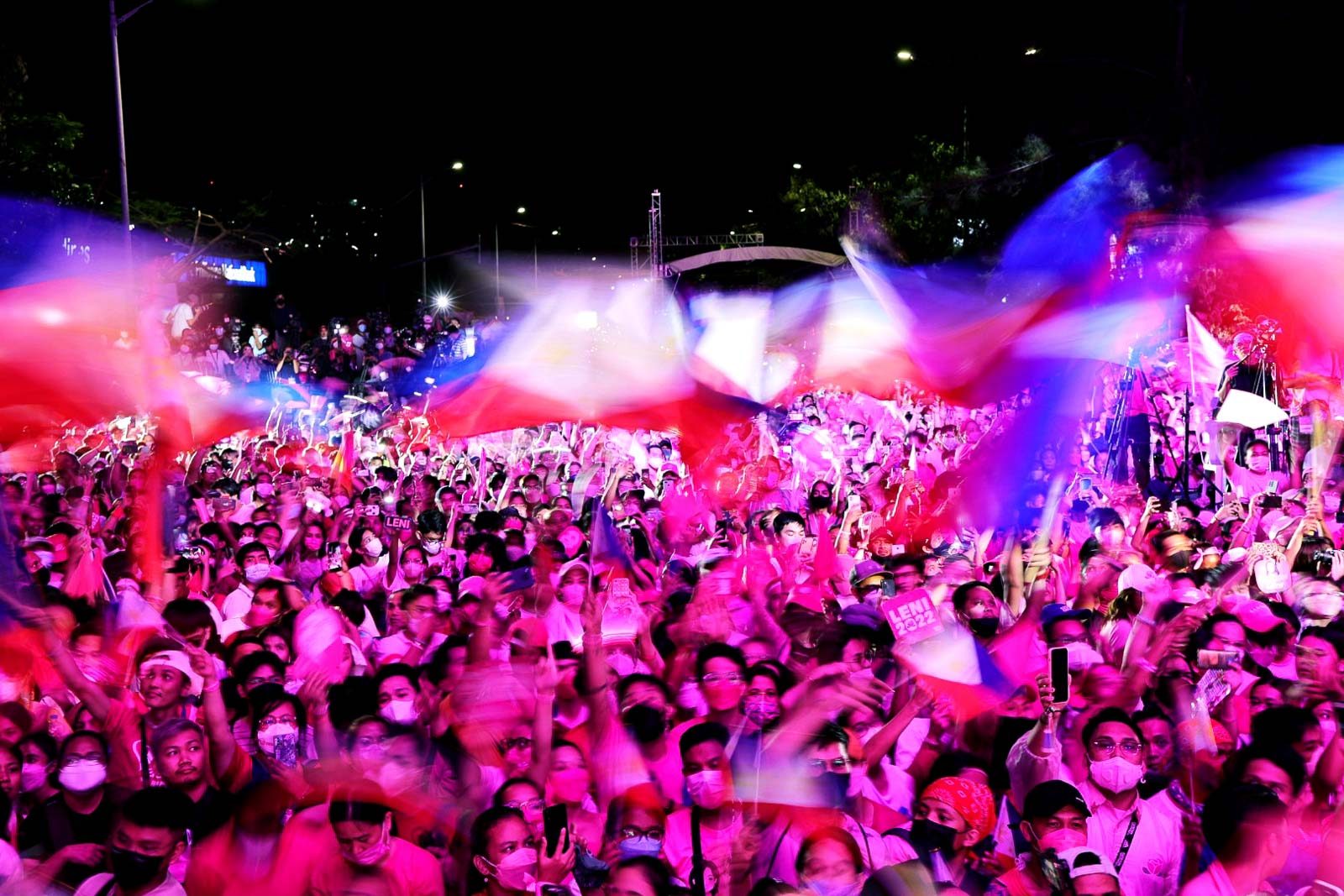
This month of April, we mark the first anniversary of the community pantry, the little neighborhood food stall that took the country by storm. We were in the midst of the pandemic lockdowns then and the poor were losing the most, some of them saying that hunger would kill them before COVID-19 did.
In that difficult time, Ana Patricia Non, a millennial, set up a bamboo cart in a village in Quezon City, filled it with vegetables, fruits, and small bags of rice to be given away to those in need. The principle at work was: Magbigay ayon sa kakayahan. Kumuha ayon sa pangangailangan (Give according to one’s capability. Get according to one’s need). To replenish the supply, donors sent canned goods, sacks of rice and more to Non’s pantry, an overwhelming show of support.
Soon after, community pantries started to rise in various parts of the metropolis and outside as well. It transformed into a movement that responded to a dire need but also exposed the inadequacy of the government’s response to the pandemic.
The campaign of Vice President Leni Robredo appears to be the continuation of this type of movement – volunteer-driven, powered by dedicated individuals and groups, generous with their time and, some, with their money. They have called themselves the abonados. Who would have expected an election campaign to turn out this way, buoyed by the electric energy of the Gen Z and millennials and the outpouring of creativity of artists, singers, painters, actors, poets, writers, composers, and social media influencers?
Citizens’ campaign
Let’s look back to its quiet beginnings.
After Robredo announced her candidacy for president in October last year, something was astir. Residents in our village started to form chat groups, organize face-to-face meetings, give away pink masks, Leni-Kiko tarpaulins to hang on gates, and stickers – which they paid for. The designs were provided by artists for free and anyone could download them.
I then realized that this wasn’t just happening in our subdivision. Friends would tell me of similar ripples of support in their condominium buildings and neighborhoods, not only in Metro Manila, each one doing her/his share in spreading the word about Leni Robredo. They reached out to poor communities through lugaw kitchens, introducing the only woman presidential candidate.
It was the Quezon City rally, though, in February that gave me a jolt of surprise. About 20,000 showed up at the Quezon Memorial Circle, the crowd’s high energy palpable. The air was festive as the people chanted “Leni, Leni” and waved little pink flags. This was the first big show of support in a place that was not Robredo’s bailiwick. Quezon City was the vote-rich city wherein Robredo lost to Ferdinand Marcos Jr. in the 2016 vice-presidential race: 297,999 voted for her as against Marcos’ 412.681.
This rally wasn’t organized by local government officials – the machinery that is usually expected to crank up during election campaigns – but by volunteers, citizens who were taking the campaign into their own hands.
The momentum of Robredo’s campaign picked up, the rallies drew bigger crowds and most, if not all of them, were organized by volunteer groups. To name some: Cavite, Bulacan, Pangasinan, Bohol, Camanava, Masbate, Iloilo, Pasig, Pampanga, Cebu, and Pasay.
Where local politicians didn’t endorse Robredo and her running mate Senator Francis “Kiko” Pangilinan, ordinary people did, including farmers in Pangasinan and Aetas in Zambales who raised the hands of the two candidates.
Right to hope
What we see unfolding in these rallies is the joyful exercise of the right to hope. After almost six years of President Duterte’s autocratic rule, of glaring incompetence in governance, of being battered by extrajudicial killings and verbal abuse, we certainly have the right to hope for a more responsive and open government, for leaders who put the public interest ahead of theirs, for leaders who are kinder and decent.
I’ve had a number of conversations with friends about this phenomenon surging in our midst. Some have compared the intensity of the groundswell for Robredo to the 1986 snap election, when Corazon Aquino was propelled to the presidency by a popular revolt. The context was different then as anger against the dictator, Ferdinand Marcos, reached its peak. Today, the Marcoses have rehabilitated themselves and Ferdinand Jr. is frontrunner in the presidential contest – yet the enthusiasm for Robredo is reminiscent of the fervor leading to the 1986 EDSA people power.
I shared this thought with a former colleague in journalism, Ramon Isberto, who, like myself, experienced the heady days of EDSA. His observation struck me: “EDSA 1986 was a largely Metro Manila phenomenon,” he said. “What we’re seeing now are mini-EDSAs in various parts of the country.”
If so, then this 2022 presidential campaign is like no other, with people power spreading like a wave that is engulfing cities and towns.
Some have called this the Pink Revolution or Himagsikang Rosas, as National Artist Virgilio Almario wrote in the anthology “Lugaw ni Leni, Pink Parol, KKK, Kakampink, Atbp.” The book contains poems, short stories, essays, musical compositions inspired by Robredo. Himagsikang Rosas, Almario told me, is “our way of announcing a kind of Cultural Revolution being ushered in by various activities to support Leni but towards a reorientation of cultural values for nation-building.”
While hope fills many people’s hearts, the question being asked is this: Is time on the side of the Pink Revolution? – Rappler.com
Add a comment
How does this make you feel?
![[WATCH] In The Public Square with John Nery: Preloaded elections?](https://www.rappler.com/tachyon/2023/04/In-the-Public-Square-LS-SQ.jpg?resize=257%2C257&crop=414px%2C0px%2C1080px%2C1080px)
![[Newspoint] 19 million reasons](https://www.rappler.com/tachyon/2022/12/Newspoint-19-million-reasons-December-31-2022.jpg?resize=257%2C257&crop=181px%2C0px%2C900px%2C900px)
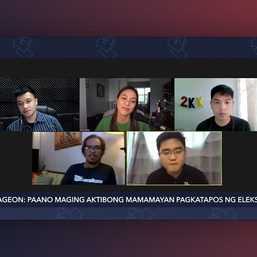
![[OPINION] The long revolution: Voices from the ground](https://www.rappler.com/tachyon/2022/06/Long-revolution-June-30-2022.jpg?resize=257%2C257&crop=239px%2C0px%2C720px%2C720px)
![[OPINION] I was called a ‘terrorist supporter’ while observing the Philippine elections](https://www.rappler.com/tachyon/2022/06/RT-poster-blurred.jpeg?resize=257%2C257&crop_strategy=attention)
![[Newspoint] Improbable vote](https://www.rappler.com/tachyon/2023/03/Newspoint-improbable-vote-March-24-2023.jpg?resize=257%2C257&crop=339px%2C0px%2C720px%2C720px)
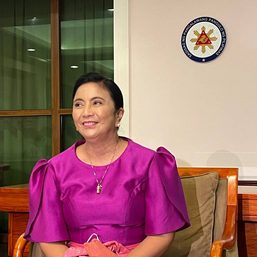
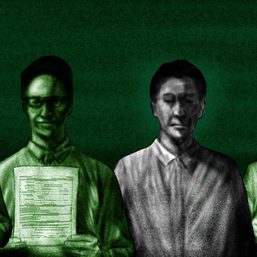
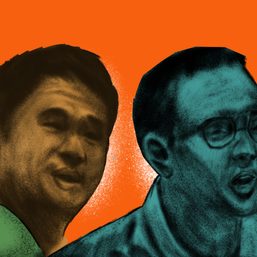

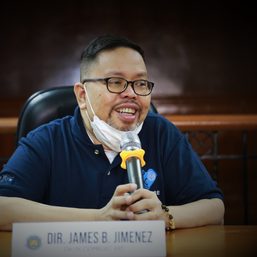
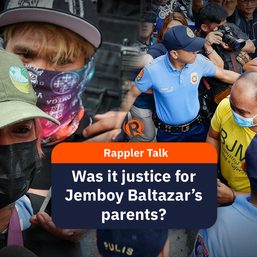
![[New School] Tama na kayo](https://www.rappler.com/tachyon/2024/02/new-school-tama-na-kayo-feb-6-2024.jpg?resize=257%2C257&crop=290px%2C0px%2C720px%2C720px)
![[Only IN Hollywood] After a thousand cuts, and so it begins for Ramona Diaz and Maria Ressa](https://www.rappler.com/tachyon/2024/02/Leni-18.jpg?resize=257%2C257&crop=262px%2C0px%2C720px%2C720px)
![[OPINION] Sara Duterte: Will she do a Binay or a Robredo?](https://www.rappler.com/tachyon/2024/03/tl-sara-duterte-will-do-binay-or-robredo-March-15-2024.jpg?resize=257%2C257&crop_strategy=attention)
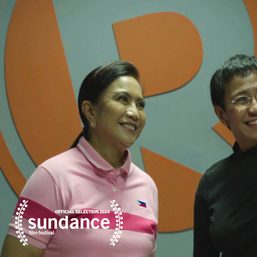
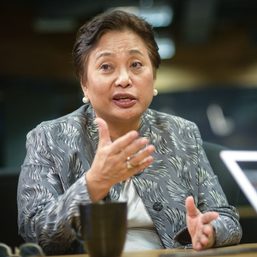

There are no comments yet. Add your comment to start the conversation.